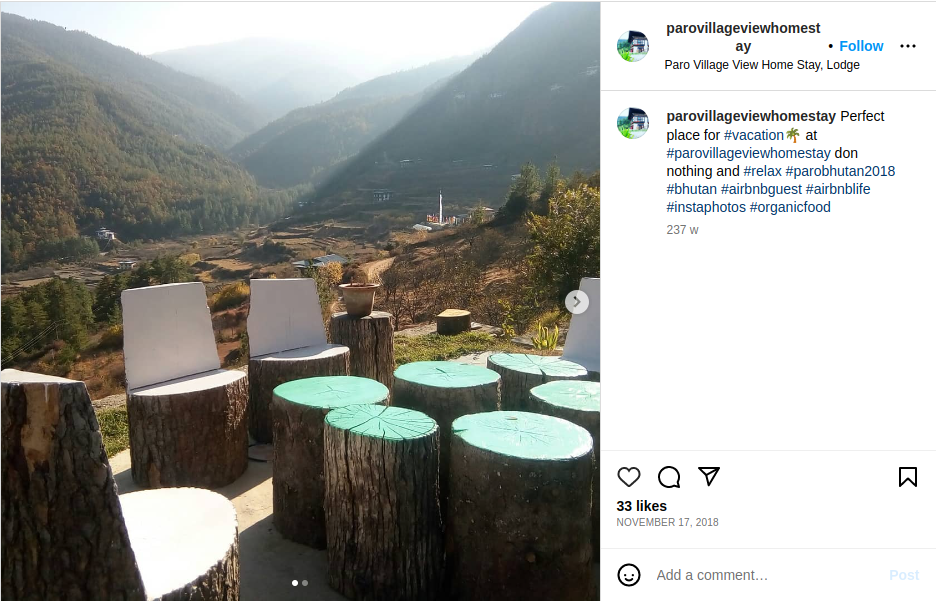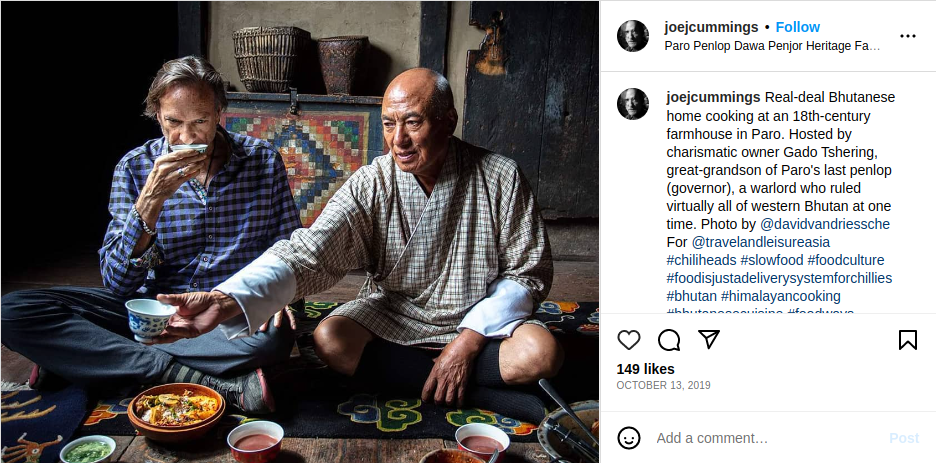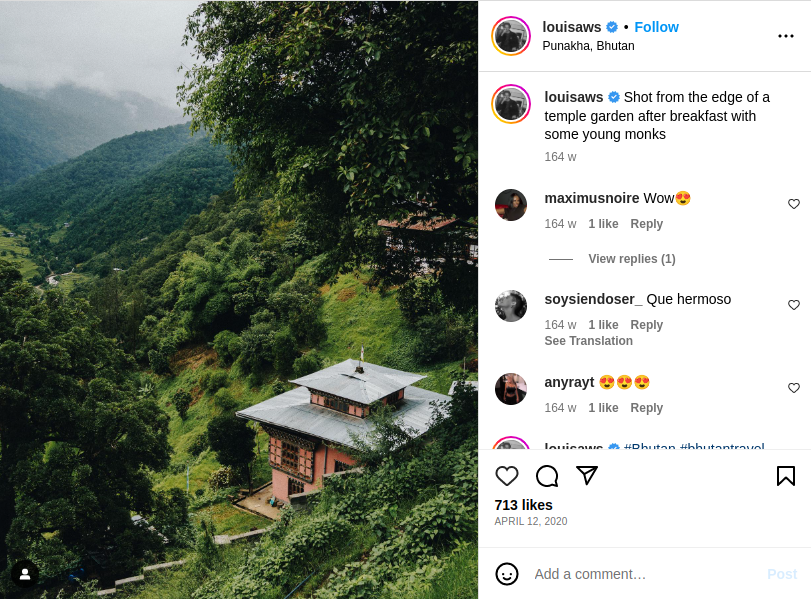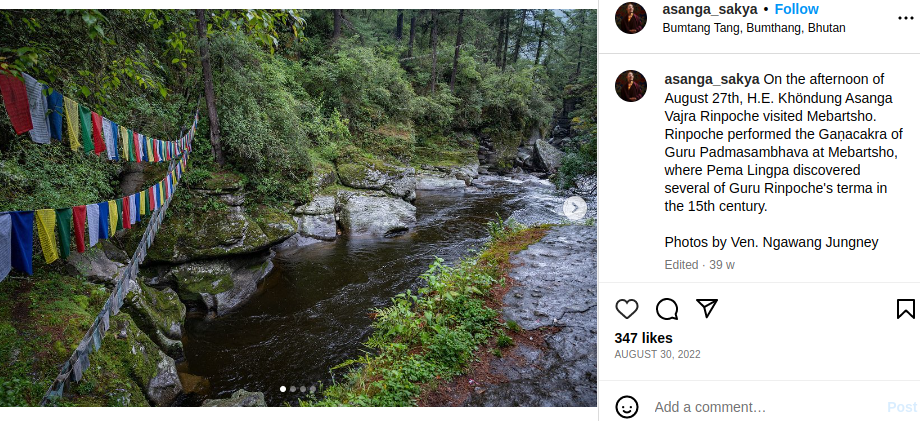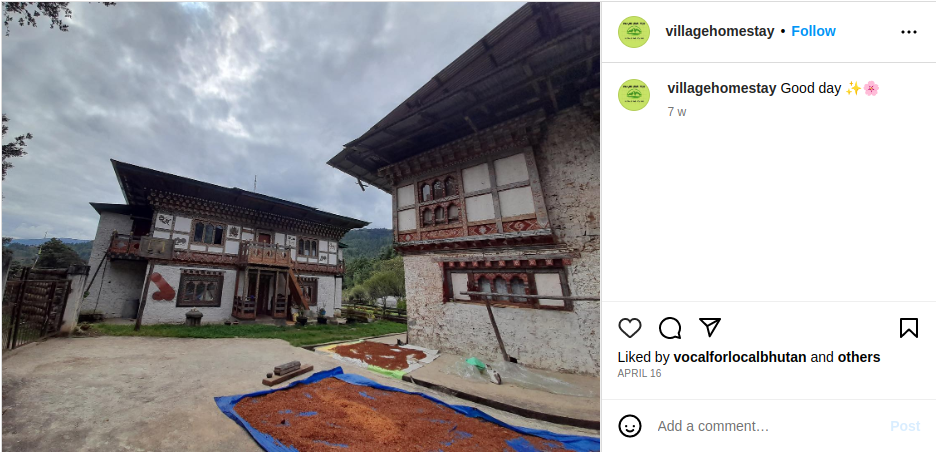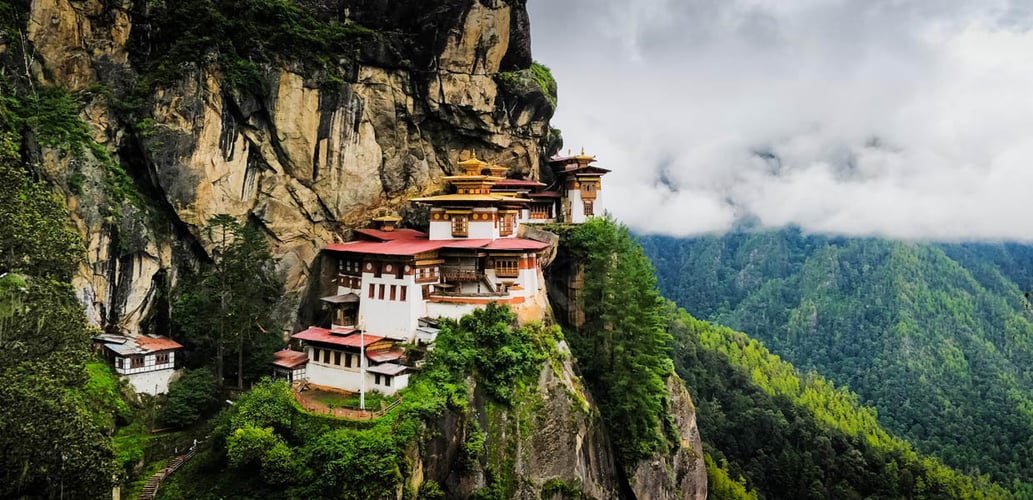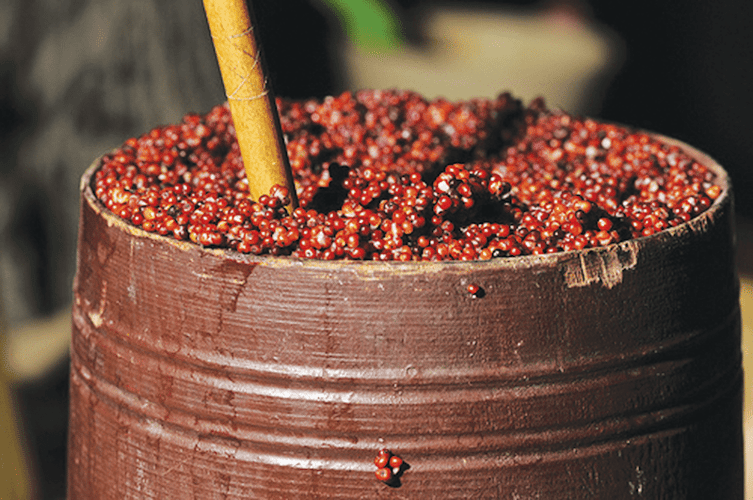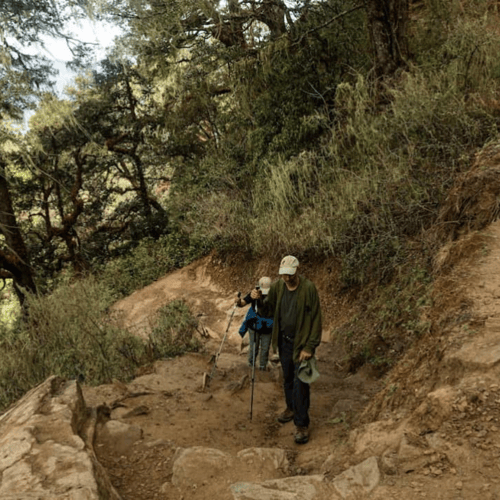Homestays in Bhutan
Homestays in Bhutan
Druk Yul or Bhutan, has always fascinated the explorer, in part because it opened its doors to outsiders only in the 1970s, but mostly due to its ethereal beauty. Recognized as the ‘Land of the Thunder Dragon,” owing to the great rain that showers the valley from the Himalayas, people believed that the flashing light of thunder was the red fire of a dragon.
The Himalayan Kingdom, with its bountiful valleys, mountainous sites, and exquisite fortresses, is equally renowned for its people’s hospitality and generosity. Bhutanese society treats a guest as akin to God, much like India. Bhutan, home to some of the world’s happiest people, provides a model setting for tourists who enjoy balancing cultural exploration with adventurous activities like hiking and trekking. Staying with the residents while exploring this charmed land will elevate the sightseer’s touring journey, giving a glimpse into their cuisine and ancestral history.
The requirement and demand for homestays in Bhutan have increased in recent years as the average holidaymaker is no longer satisfied with a disparate experience. Tourists want to immerse themselves in local culture. The Tourism Council of Bhutan has trained several homestay owners, and the numbers continue to rise. Furthermore, homestays contribute to an alternate source of income for the villagers. As of now, most homestays in Bhutan are concentrated in the western and central regions, preserving traditional Bhutanese architecture.
Thimphu:
The capital city of Bhutan, Thimphu, offers relatively fewer homestays due to newer construction and the development of bigger hotels. However, it is a splendid blend of modern and ancient Bhutan, with contemporary and ancient architectural structures. Most homestays here are located on the outskirts of the city.
Damchoes Homestay:
A charming family property, the Damchoes Homestay is a well-known and budget-friendly farmhouse choice for tourists. It is situated close to the city’s center in Langjopakha, which is close to well-known tourist destinations. The check-in and check-out processes are smooth with flexible policies.
The large two-story home, perfectly secluded in the woods, is comfortable and has recently been extended to accommodate additional small cottages. There is ample space for recreational areas for children to play outside, and the owner’s grandchildren are often spotted running about in the backyard poultry farm. The homestay is especially beautiful in spring and summer, when the lawns are bursting with flowers.
Culinary and authentic Bhutanese delights are whipped up by the friendly proprietor, Aum Damchoe, who also promotes organic food. She owns a tofu processing unit and grows fresh vegetables in her garden. With prior planning, she offers cooking lessons for her guests. Conversant in English, Aum and her family share many stories and anecdotes about local culture.
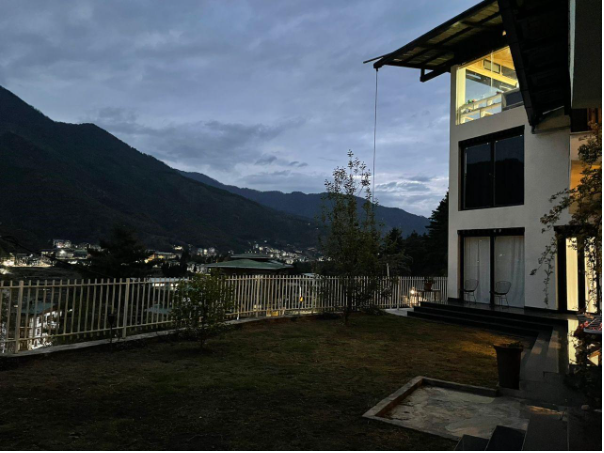
Therchen’s Happiness Homestay:
This exceptional lodging is dedicated to making one’s trip to Thimphu memorable. The most unique feature offered in Therchen’s Happiness Homestay is the planting of flower seeds by travellers, which are tended to by the management as a sweet remembrance of one’s visit. A conventional indoor fireplace adds to the rustic charm of the homestay, especially in a snow-blanketed winter.
All rooms come with attached balconies, and the wooden architecture is reminiscent of ancient buildings in Bhutan.
Paro:
The exquisiteness of Paro Valley, with its collage of rice, wheat, and paddy fields, fish-laden streams, and numerous sacred sites such as the famed Taktsang Palphug, or Tiger’s Nest monastery, entices the maximum number of holidaymakers across the world. An erstwhile historic centre of two central trade routes to Tibet, Paro is the only Bhutanese town with an international airport. The maximum number of homestays in Bhutan exist here and are better equipped with the newest facilities.
Paro Village View Homestay:
Run by Nima and Tshering, along with other members of their family, Paro Village View Homestay is located outside the city en route to Chelela Pass – the highest motorable point in the Bhutanese kingdom.
Although the lodging is not modern, there are various choices of rooms available as per one’s requirements. The homestay offers the traveler an experience in a rural setting with sweeping views of spectacular paddy fields, monasteries and shrines, and the misty mountains. It is a home away from home, with superb hospitality and food served by the family.
Sit and have your morning cup of tea on the front lawn and soak in the pristine beauty all around. Traditional hot-stone baths can be arranged after a long day of sightseeing.
Paro Penlop Dawa Penjor Heritage Farmhouse:
The most important historic heritage farmhouse in Bhutan, Paro Penlop Dawa Penjor Heritage Farmhouse, was built in the 18th century, by one of Bhutan’s most prominent governors, Paro Penlop of Paro, for his two wives. Overlooking the Himalayan foothills, with a stupendous view of the valley, it is located 350 meters from Paro in Gaptey. In 2012, the property was restored and refurbished by members of the governor’s fourth generation, restoring it to its former glory. Most of the original architectural elements remain intact, making it a significant cultural site to visit today.
This farmhouse is lavish and large. Although the rooms are kept in traditional style, the accommodation houses a bar, souvenir shop, library, sun terrace, handicraft, and textile galleries, hot stone baths, and several cuisines from Bhutanese to Indian and Chinese. The kitchen has an antique clay oven where live cooking demonstrations are carried out. As with typical Bhutanese warmth, the host and staff here extend generous hospitality and customize requirements as per the visitor.
Namgay Homestay:
If tranquillity is a priority, the wanderer needs to look no further than the Namgay Homestay, sited in vast wildernesses, 3 kilometres away from Paro. Away from the loud noises of pedestrian and vehicular traffic, but still close to the city centre, the location is ideal. With the calm sound of the Dop-Chu River flowing close to the property, and the wilderness about, the homestay is almost therapeutic.
The winter season lends a magical appeal to the housing and fresh snow gleams like sparkling jewels on the lodging’s grounds. There are 3 types of rooms: triple, double, and twin rooms, with a range of services from hot spring baths, free parking, and high-speed internet service. As is expected of Bhutan, the warmheartedness of the hosts is evident in home-cooked ethnic cuisine prepared with great labour and diligence, with ingredients sourced right from the organic garden on the property. Food can be served indoors or in front of a large bonfire if requested.
The homeowners are ardent animal lovers and their dogs and cats scamper about the lawns, giving many a fond visitor a lick or a cuddle.
Haa:
The thinly populated Haa Valley is a once-forbidden sweet spot, close to the strategically placed and sensitive Doklam area. Lying close to the disputed India-China border, the province has a huge Indian military presence and opened to the public only in 2002.
Sandwiched between lofty mountains, the alpine forested valley stretches out lazily. The spotless and unspoilt beauty of a land inhabited by simple people meets the eye of the voyager. The mist-covered silent peaks whisper secrets about the famous shamanistic and animistic rituals which were commonplace before the advent of Buddhism in Bhutan. The wooded locales of Haa are ideal for trekking.
Haa Valley Homestay:
In the heart of the Haa Valley, muddy trails and earth fragrances lead one to two celebrated farmhouses belonging to Chimi and Ugyen. Located at the base of three sacred hills known as ‘Miri Punsum’ in the beautiful village of Dumchoe, Ugyen and Chimi’s familial ancestries, called haap are from the Haa region.
Chimi’s 100-year-old house is the original family home and is characteristic of the distinctive Bhutanese architecture of the province. Rich interiors with wooden furniture fill the spacious rooms and paintings and intricate details adorn the walls. An ancient bukhari stove holds pride of place in the living room and kitchen area where visitors can sample the best local gourmet delicacies.
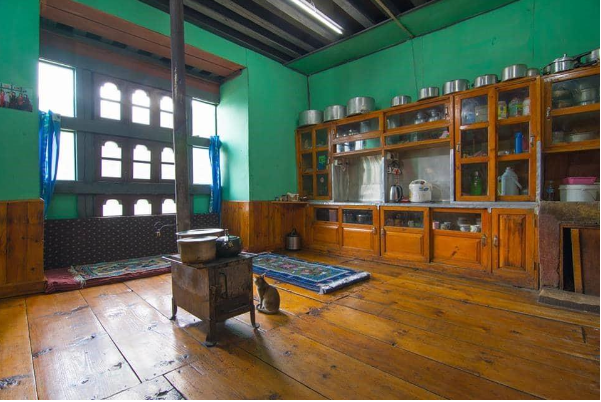
Ugyen’s ancient three-storied farmhouse is more than 200 years old and is similar in style to Chimi’s. Exceptionally large, it previously belonged to the District Governor who was Ugyen’s Uncle. The eldest of his siblings, Ugyen’s childhood was spent rounding up yaks in the high mountain grasslands above the Dumchoe village. Even today yak herding contributes to a large part of his family’s income.

The farm lodges overlook the sun-kissed Haa Valley with a view of the babbling river. There are chortens or shrines at a stone’s throw and the sound of prayer wheels from the village fills the air.
The kitchen is the fulcrum of both farmhouses for conversation and connection. Smoke from the kitchen lazily snakes up and dried yak meat is cooked along with a special snack native to Haa Valley, ‘hoentey.’ These are buckwheat dumplings stuffed with spinach, local cheese, and herbs. For the brave, there’s freshly brewed ara– a strong home-grown alcoholic beverage. The hosts also offer culinary demonstrations and greet guests with a welcome snack and drink which includes butter and salted tea with puffed rice.
Both hosts have an organic garden with yaks and cows grazing peacefully in the backyard. Hot spring aromatic herb baths are expensive, but, are a novel facility where the water is continuously heated by red burning stones. Visitors can also try their hand at archery at an additional charge.
Soednam Zingkha Heritage Lodge:
Sitting quietly in Hatey village under the shadow of soaring mountains and against a pine-tree backdrop, a restored century-old multi-storied farmhouse comes into sight. Spread over two acres the Soednam Zingkha Heritage Lodge marries modern luxuries with a heritage legacy and even hosted the King and Queen of Bhutan in 2015.
The exquisite interior wall furnishings are ornamented with gueri designs – wall decorations found only in old temples and palaces. The antique timber and hand-painted murals in the fifteen-room lodge balance the comforts of heated rooms and modern bathrooms. An exquisite choedsham or alter room is available for guests who want to meditate. Traditional Bhutanese fare is featured on the menu which also includes alcoholic drinks such as ara and bangchang, fermented wheat or corn juice.
The owners of the homestay curate programmes for archery, darts, and hikes for tourists.
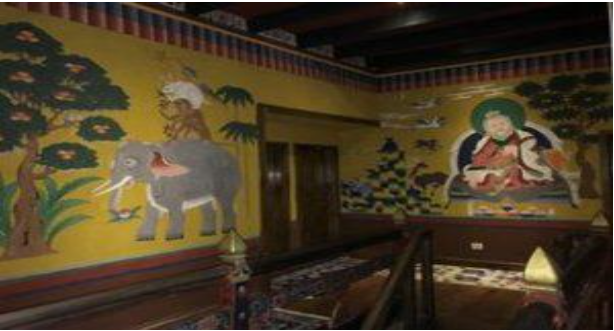
Punakha:
The erstwhile capital of Bhutan till 1955, Punakha is perfectly positioned at the confluence of the Pho and Mo Chhu rivers. The celebrated Punakha Dzong stands here majestically overlooking clustered forests and fertile paddy fields. Home to the endangered white-bellied herons and diverse fauna, Punakha is steeped in history and dotted with commemorative landmarks.
Leki Wangmo Farmstay:
Punakha Valley’s magnificence is laid bare at the Leki Wangmo Farmstay. Situated atop a mountain slope and fenced by terraced rice fields in Talo village, the four-room construction of the homestay is relatively new. The morning sounds of chirping birds flying high over the Himalayan range, ring in the air in this oasis of serenity.
Delivering a quintessential farm-to-table experience, the owner and mother of three, Aum Leki, is a skilled cook who celebrates farm flavours and relishes feeding her guests with vegetables picked fresh from the garden. Her Bhutanese chili sauce is the stuff of legends and is painstakingly prepared with dry chilies, oil, Sichuan pepper, tomatoes, ginger, salt, and cheese.
The lodging is close to the famed 9th– century Nalanda Buddhist College – the seat of Bhutanese culture and philosophy.
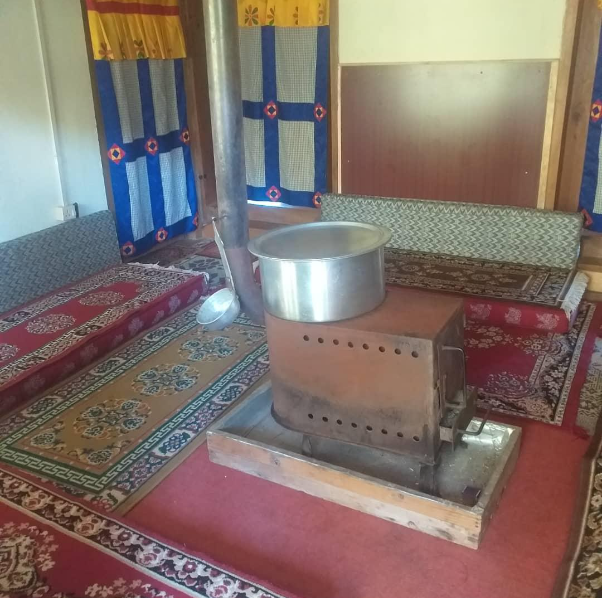
Bumthang:
The supremely historic territory and spiritual hub of the Bhutanese kingdom, Bumthang, is home to multiple esteemed shrines and monasteries. It is believed Guru Rinpoche, a tantric Buddhist mystic, cured a local king of a demon-induced disease, here, in the 8th century AD.
Dorjibee Village Homestay:
A delightful little gem with apple groves for company, the Dorjibee Village Homestay is a small guesthouse neighbouring the family house. The lodge affords privacy to the traveller in a separate space with comfortable-sized rooms and attached bathrooms, and the feel of authenticity with meals partaken in the kitchen of the main house with the family.
The homestay is located close to the Tamzhing monastery – the 16th-century temple associated with the revered saint Pema Lingpa, second in importance to Padmasambhava.
The Dorjibi Weaving Centre or Thagrig Thuendrel Tshogpa is within shouting distance from the lodging as well. Started primarily to provide a supplementary source of income for the villagers and to preserve the art of weaving using locally sourced raw materials, the centre sells woven pieces to tourists as well.
Humans exhibit the same sentiments and emotions the world over. Although one may differ culturally, people are bound by interlinked history and tradition. Spending time with local people in the comfort of their homes breaks down walls and shows us how we are all so alike, yet dissimilar. It is uncomplicated to do that in Bhutan where the community is intrinsically welcoming and hospitable. At Offbeat Tracks we are committed to helping isolated groups sustain themselves. Call us to help you contribute to regional families and experience authentic Bhutanese life, boarding in the beautiful homestays of Bhutan.

